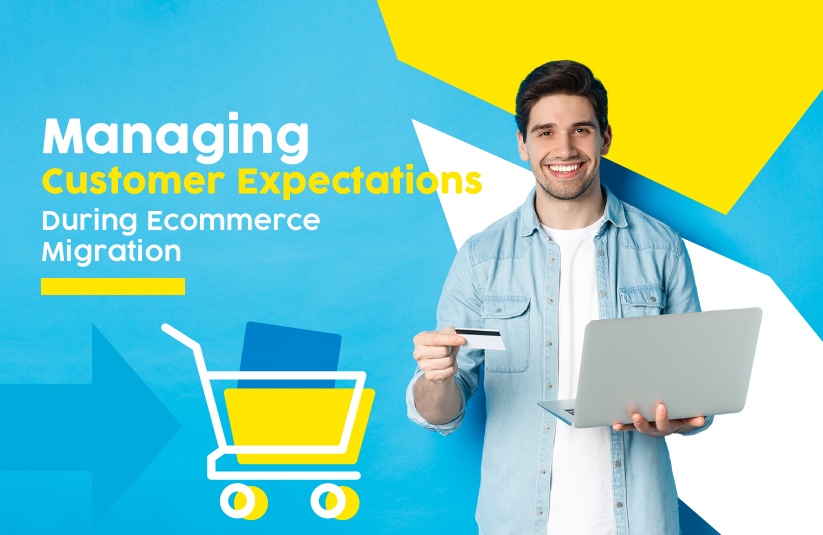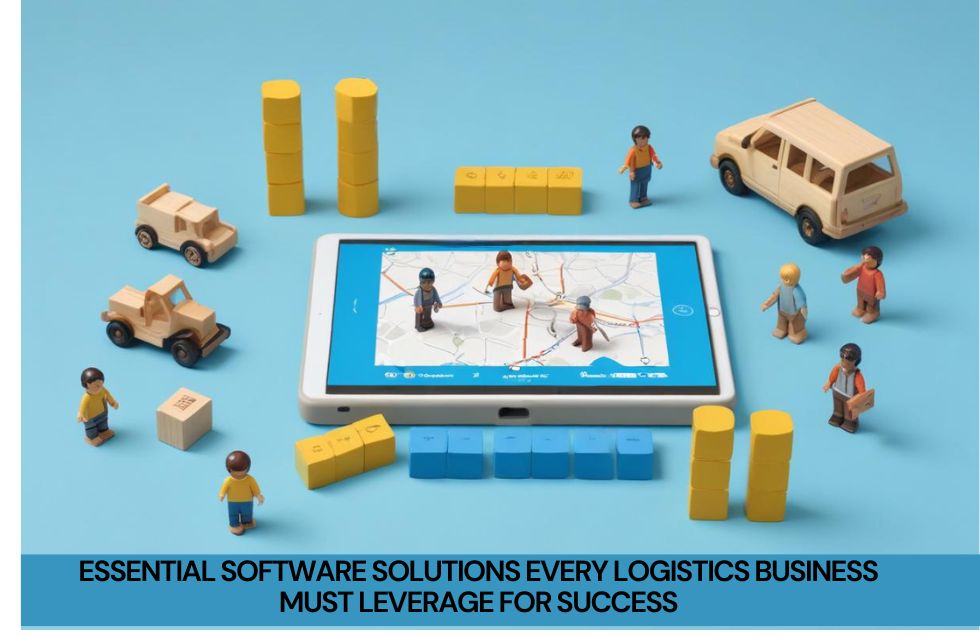The digital retail environment is experiencing significant transformation. Traditional physical stores are increasingly giving way to the vast expanses of online retail. By the year 2026, it is anticipated that 24% of all retail purchases will be conducted through these online platforms, significantly influencing the future of commercial transactions.
In this rapidly evolving context, eCommerce platforms are faced with a critical decision: either adapt to these changes or risk obsolescence. Transitioning to a new platform, equipped with advanced features and more efficient processes, is an attractive proposition, offering potential increases in sales and customer satisfaction.
However, amid this transition, it is essential not to overlook a vital component: the customers themselves. How they experience this shift, and their reactions to each modification, are critical factors that can determine the success or failure of this transition.
Successfully navigating eCommerce migration demands a careful blend of innovative approaches and understanding of customer needs; a harmonious combination of technological advancement and meeting customer expectations.
Analyzing the Impact of Website Changes on Customer Experience
Imagine your loyal customer, Sarah, browsing your website. She is accustomed to its layout and features. Suddenly, an announcement regarding website migration appears, introducing significant changes. This development poses a challenge for Sarah. She may struggle to locate a specific product, like her preferred scarf, in the new design. Additionally, there is a risk that her valuable order history could be lost due to the migration.
Such situations can create uncertainty and discomfort among your customers. If these issues are not effectively managed, they may lead to a substantial erosion of customer trust and an increase in customer attrition.
Transparency: A Key Element in Organizational Change
Transparency is essential, serving as a reliable beacon during periods of transformation. It is crucial to communicate the plan for transitioning to a new system well ahead of time, ensuring it is not perceived as a sudden or unexpected shift.
Detailed explanations regarding the reasons behind the change, the anticipated challenges, and, most importantly, the benefits of the upgraded platform are vital. This approach fosters a collaborative and informed environment during the transition period.
Promote the Positive: Highlighting the Advantages
Avoid focusing solely on potential challenges; instead, vividly illustrate the benefits and improvements awaiting. Emphasize the latest features, the streamlined purchasing process, and the improved mobile user interface. Feature endorsements from companies that have effectively completed the transition, their experiences substantiating the benefits you offer.
Bear in mind that your customer’s concerns are not limited to possible interruptions; they’re also keenly interested in the prospective enhancements. Offer them an insight into the future, a perspective that renders the short-term inconveniences insignificant.
Testing and Feedback: Establishing Constructive Connections
Avoid operating in isolation. Engage a select group of your most devoted clients to participate in the beta version of the new platform. Utilize their input as a foundational tool to overcome challenges, facilitating a seamless transition for the broader user base.
Pay close attention to their feedback, respond swiftly to any issues, and remain adaptable to changes. Keep in mind that their insights are not merely critiques; they are valuable directions guiding you towards a more customer-focused outcome.
Support & Resources: Essential Guidance for Your Customers
Let’s take Sarah for example, again, navigating the complexities of a new website. It is crucial not to leave her without assistance. Ensure the availability of easily accessible FAQs, tutorials, and a variety of customer support options such as telephone, email, and live chat. These resources should serve as guiding tools to help her find her way efficiently.
It is important to adequately train your customer service staff to become proficient in handling migrations. They should be equipped to address inquiries, provide assurance, and, most importantly, understand and sympathize with the challenges customers like Sarah are facing. Effective support can transform a challenging situation into a more controlled experience.
Proactive Measures: Implementing Strategies Before the Occurrence of Challenges
It is imperative to initiate protective actions before the onset of difficulties. Accumulate customer feedback before any significant changes, focusing on their challenges and preferences. Formulate a detailed communication strategy that specifies the content, mediums, and intervals of communication. Anticipate potential complications following the change and establish alternative strategies to address them.
It is essential to understand that proactive measures function to reduce impact and facilitate a more rapid return to normal operations.
Final Thoughts
An eCommerce migration presents significant challenges, akin to navigating through turbulent waters. It is essential to maintain a consistent and stable approach to successfully overcome these challenges and achieve a state of stability.
Prioritizing transparency, maintaining a positive outlook, valuing customer feedback, and providing steadfast support are crucial strategies for ensuring that your customers not only overcome these difficulties but also develop a stronger and more committed relationship with your brand.
It is imperative to recognize that customer trust is the fundamental element that sustains your business. This trust must be carefully preserved as you transition through various digital transformations.













